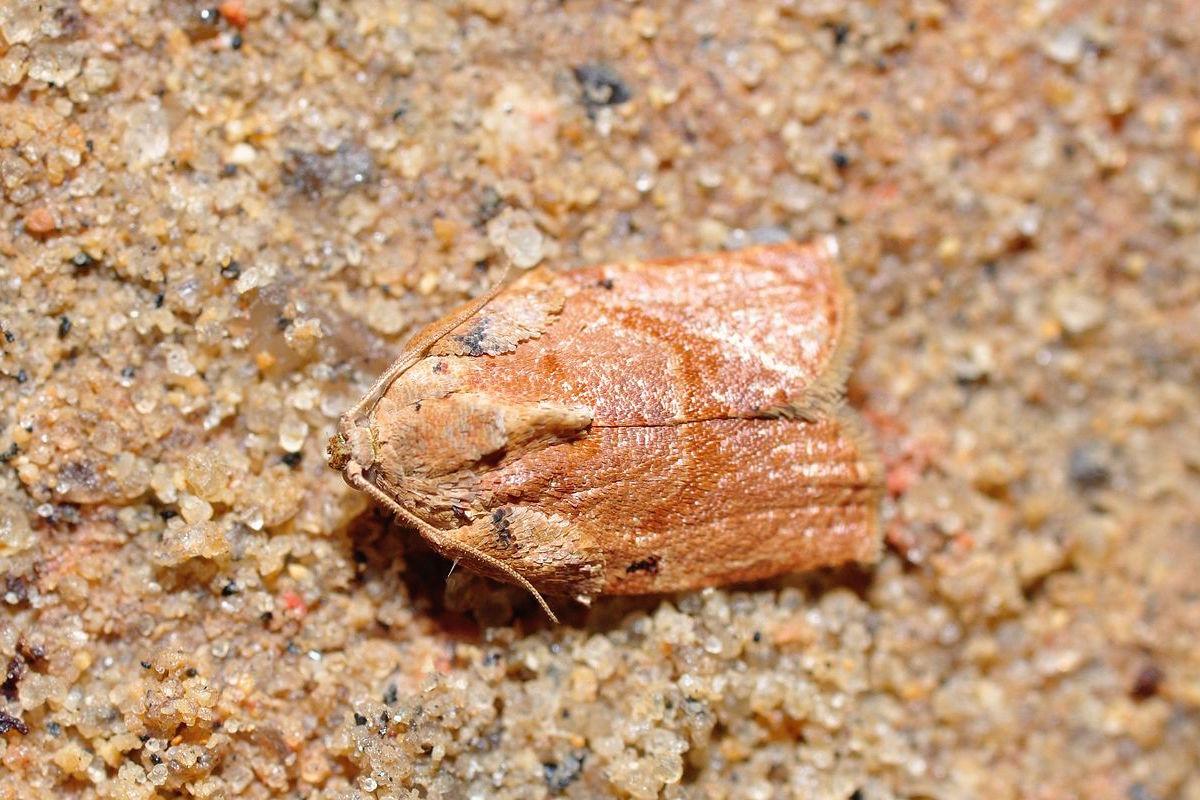Y: If you had a choice, Don, which type of camouflage would you
pick? You can have either disruptive coloration, like stripes or spots that break up your form against the background. Or, you can have background matching which blends in with the background.
D: I think I'd go with stripes.
Y: That's a good choice. Research has found that disruptive coloration provides a survival advantage over and above background matching.
D: I knew that.
Y: What you didn't know is, even though a predator might not be able to find you the first time, you might not be safe on the second encounter.
D: What do you mean, Yaël?
Y: Scientists have known that some camouflage works better than others in experiments, but they hadn't tested predators ability to learn to recognize camouflage until recently. Researchers in England used human subjects as predators to search for hidden moths in computer games. They found that the subjects could learn to find some types of camouflaged prey faster than others.
D: Don't tell me. Disruptive coloration was easy to learn.
Y: You're right. Moths with high contrast markings like zebra stripes were hardest to find at the start of the experiment. However, people learned to find them faster than moths with low contrast markings that match the background.
D: So, the best camouflage would not only be hard to detect, it would be hard to learn.
Y: Scientists think it isn't the type of camouflage that's so important, but the variety. Since different species have different kinds of camouflage, it keeps predators from learning to overcome one type or the other.
D: That must be why so many types of camouflage strategies exist in nature. I'd still like stripes though.









